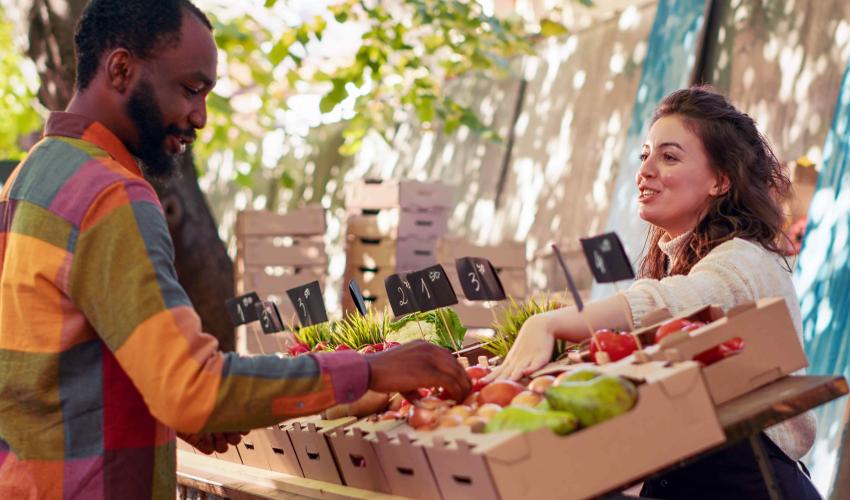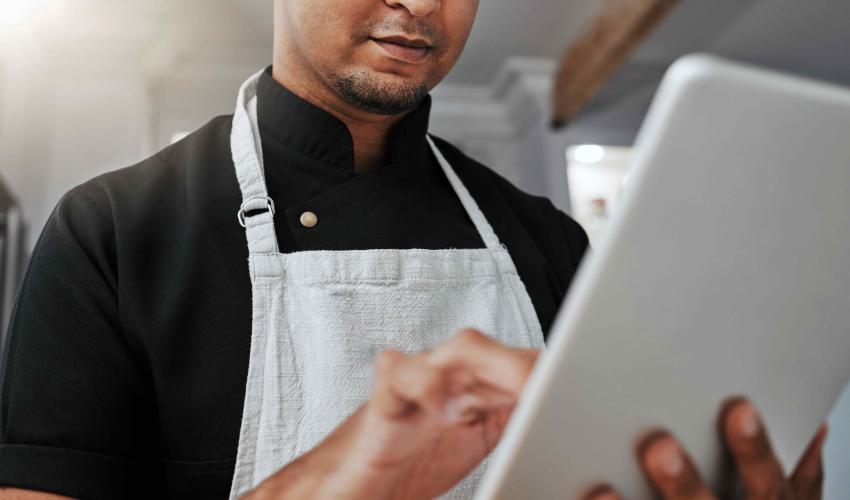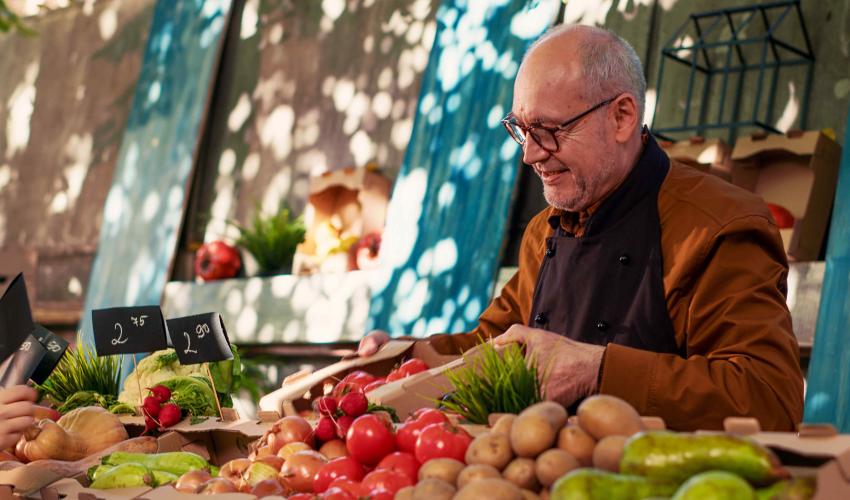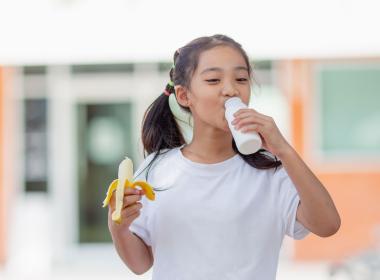Incredible advancements are on the horizon, poised to revolutionize the entire process of producing, distributing, and consuming fair trade food

At a time when conscious consumers are placing increasing importance on sustainability and ethical choices, the foodservice sector faces the challenge of innovating to meet the growing demand for fair trade food. Fortunately, there are many exciting developments on the horizon that will transform the way we produce, distribute and consume fair trade food.
We already explore some of the most promising innovations we can expect in the coming years.
1. Blockchain technology for transparency and traceability

Using blockchain technology, it will be possible to make the origin and journey of fair trade food products completely clear. Consumers can easily follow the entire supply chain of a product, from farmer to plate, via an app or website. This creates more trust and credibility in fair trade initiatives.
2. Local and vertical agriculture

Local and vertical farming initiatives are expected to increase in the foodservice sector. These innovative approaches use urban spaces, such as rooftops and vacant buildings, to grow food. Growing fair trade crops locally can reduce transport costs and reduce their carbon footprint.
3. Sustainable and recyclable materials reduce plastic waste

Another area of innovation lies in sustainable packaging. From compostable packaging made from plant-based materials to reusable containers, there are many alternatives available that help reduce plastic waste in the foodservice sector. Consumers are becoming increasingly environmentally conscious and expect fair trade food to be packaged in sustainable and recyclable materials.
4. Technology for food waste

Food waste is a pressing problem affecting the entire food industry. Fortunately, innovative solutions are being developed to tackle this problem. Smart sensors and advanced analytics systems can help optimise stock management, predict demand patterns and minimise waste. In addition, apps and platforms are being developed to redistribute surpluses to charities or local communities.
For example, to reduce food waste on our sites now, we are already working with Winnow. This powerful tool allows us to significantly reduce food waste.
5. Cooperation between producers and retailers

Another promising trend is the increasing collaboration between fair trade producers and retailers. By building direct relationships, producers can receive fair prices for their products and retailers can offer quality products to consumers. This promotes a sustainable and fair supply chain, where everyone benefits.
Conclusion
The future of fair trade food in the foodservice sector looks promising by all accounts. Through innovations in transparency, sustainability, efficiency and collaboration, fair trade food will be increasingly present on menus and in shops. Consumers have a growing interest in ethical food choices and the industry is responding by meeting this demand with innovative solutions.
Curious about our tools?
Want to know more about our tools, and how they make your work lighter?
Or would you rather see a live demo?



